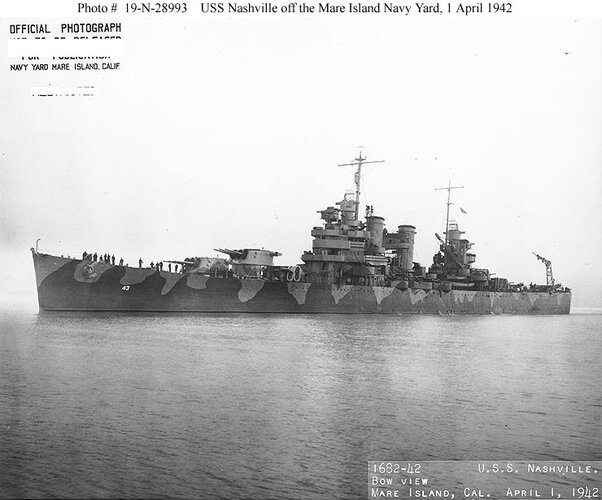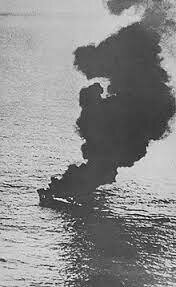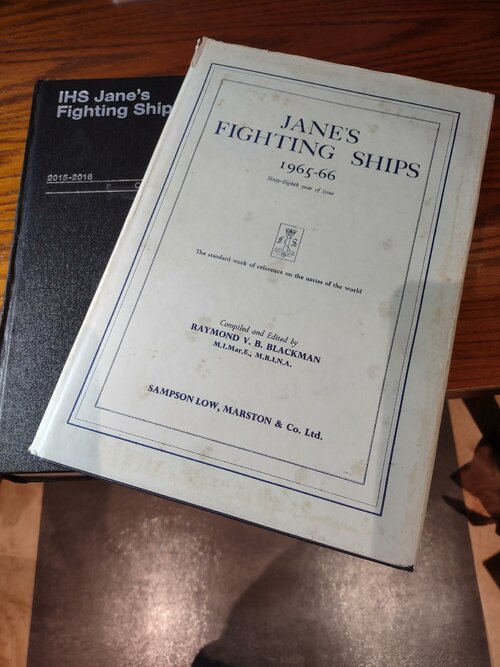Owning a collection of secondhand Janes Fighting ships from the 60s up to 2004 and more recent copies of Weyers Flottentaschenbuch I am struck by how with a very few notable exceptions (China) the world's navies have shrunk in size.
The RN built 26 Leander class frigates then only 13 Type 23s and now struggles to find money for 6 to 8 ships. Most European navies have seen similar reductions.
If this trend continues the RN in 2040 may only be able to afford 4 new destroyer/frigate ships. Or perhaps even none at all.
The same is true of course for Armies and Air Forces but the Navies are laid out annually in Janes which makes the comparison easier and starker
You point out a disturbing trend, and I take your point. However, smaller navies are partially explained by the ever increasing lethality of individual warships. Meaning, tasks that once required fleets, can now be accomplished with fewer ships. A typical frigate of our era is vastly more capable than most surface vessels of the mid twentieth century. The best example of this may be the
Nitto Maru incident of the Doolittle Raid on Japan in March of 1942.
Nitto Maru was a 90 ton fishing vessel that had been re tasked as a patrol vessel to provide early warning of an attack on the Japanese mainland. She served this purpose, as she spotted the US Task Force, which forced a premature launching of the raid. The escorting
USS Nashville was ordered to sink
Nitto Maru.
Nashville was a
Brooklyn-class light cruiser that had commissioned in 1938. She was state of the art, and her 15-6"guns were expected to almost machine gun a target with a fusillade of shells. It took 900 shells to finally put down
Nitto Maru (sometimes reported as 700 shells). It was early in the war, and the seas were rough, but it still seems ridiculous. Today, a single missile would have obliterated
Nitto Maru. Even a stabilized gun with a radar/laser guided fire control system could likely have put her down with a few shots.
Another partial explanation for smaller fleets, is that
Jane's and the other almanacs list huge numbers of ships that were in reserve, particularly in the USN and RN. The reserve fleets finally shrunk, and the almanacs did a better job of listing just which ships were active, and which were in reserve, yet it still led to an impression that the fleets were larger and more capable than they were in practice. In the late sixties, the USN started bulk disposing of war built ships partially to eliminate this pre conception by skeptical lawmakers hedging on funding new construction.





